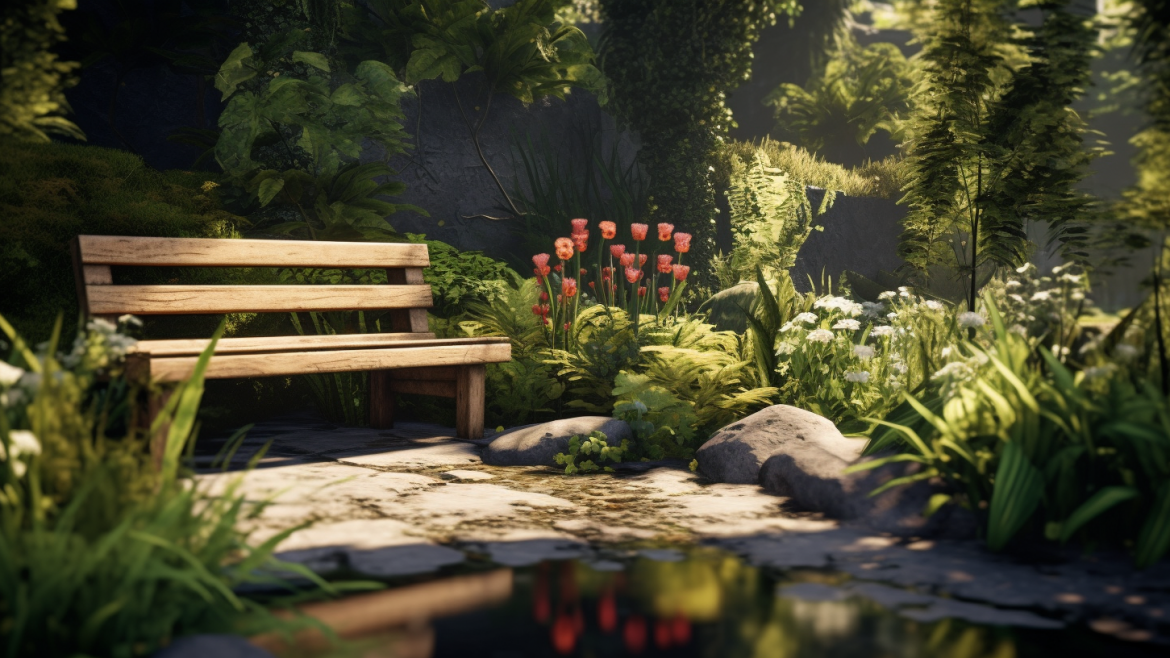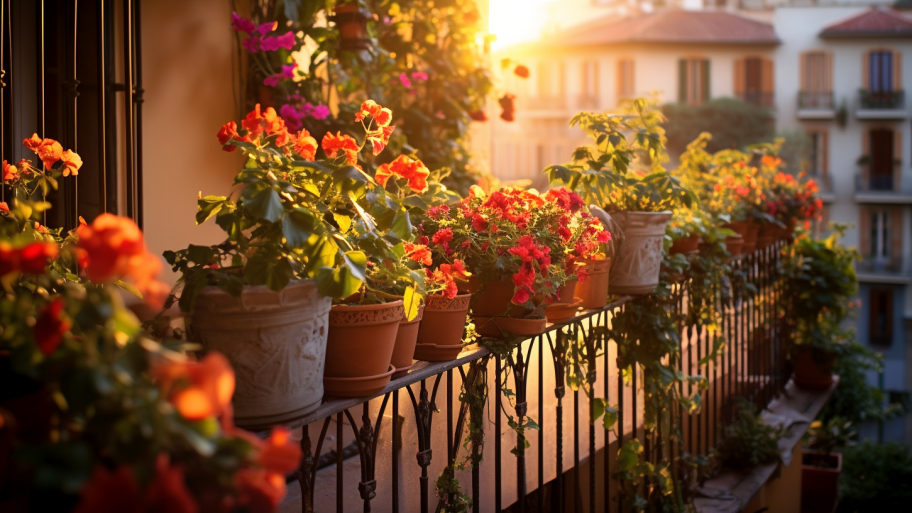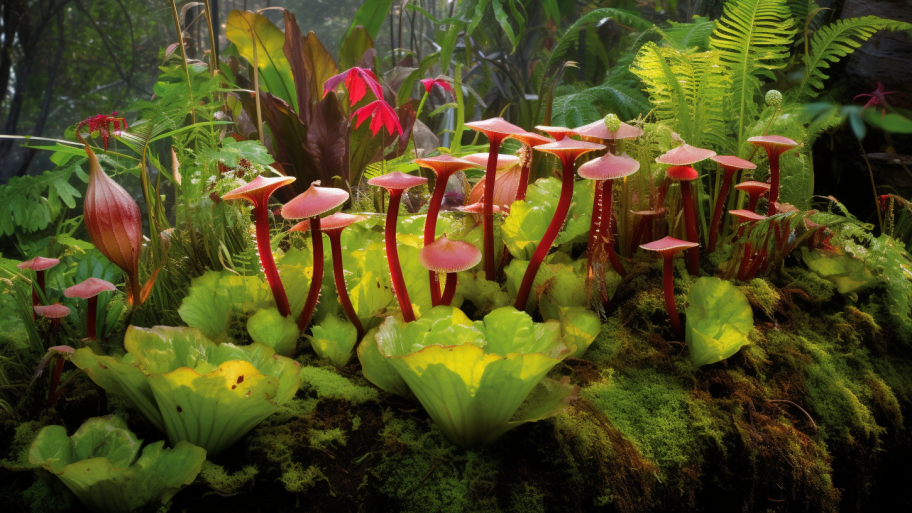In the hustle and bustle of our daily lives, finding a sanctuary where we can pause, breathe, and reconnect with ourselves is more important than ever. A mindful garden, designed with intention and care, can serve as a personal oasis that cultivates peace, tranquility, and well-being. In this article, we will explore the deep connection between gardening and mindfulness, and discover how you can create a space for reflection and meditation within your own backyard.
The Connection Between Gardening and Mindfulness
At its core, mindfulness is the practice of being present and fully engaged in the moment, without judgment or distraction. Gardening, with its slow and deliberate movements, naturally lends itself to this practice. As you dig, plant, and tend to your garden, you become intimately connected with the earth, the plants, and the natural cycles of life. This connection fosters an appreciation for the beauty and impermanence of nature, allowing us to cultivate a sense of gratitude, peace, and well-being.
Moreover, gardening encourages us to slow down and focus on our senses – the smell of the soil, the texture of the leaves, the sound of the wind rustling through the branches. By immersing ourselves in these sensory experiences, we can quiet the chatter of our minds and reconnect with our inner selves.
Creating a Space for Reflection and Meditation
To design a mindful garden that serves as a sanctuary for your soul, consider the following elements:
- Location: Choose a quiet and secluded area within your garden or backyard, away from noise and distractions. This space should feel safe, peaceful, and inviting – a place where you can relax and let go of the worries of the day.
- Seating: Include a comfortable place to sit, such as a bench or a cushioned chair, where you can take a moment to breathe, meditate, or simply observe the beauty of your surroundings.
- Plantings: Select plants that evoke a sense of calm, peace, and contemplation. Consider incorporating a variety of textures, colors, and fragrances to engage your senses and draw you into the present moment. Some examples include lavender, chamomile, and sage for their soothing scents, or ornamental grasses and ferns for their gentle movement in the breeze.
- Pathways: Create meandering pathways through your garden, encouraging slow and mindful walking. Use natural materials like stone, gravel, or wood chips to create a gentle, grounding surface beneath your feet.
By cultivating a mindful garden that nurtures your soul, you are not only creating a beautiful outdoor space but also a sanctuary for personal growth, healing, and self-discovery. As you tend to your garden, you will find that the lessons you learn within its borders can extend far beyond the confines of your backyard, enriching every aspect of your life.
Be sure to explore our next article, “Mindful Gardening Techniques and Practices”, where we delve deeper into the art of gardening as a meditative practice, sensory exploration, and embracing impermanence in nature.




